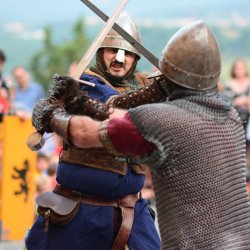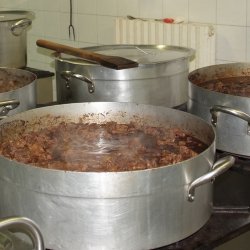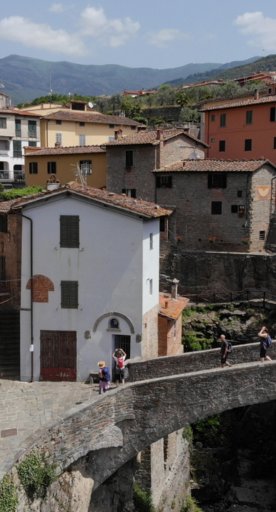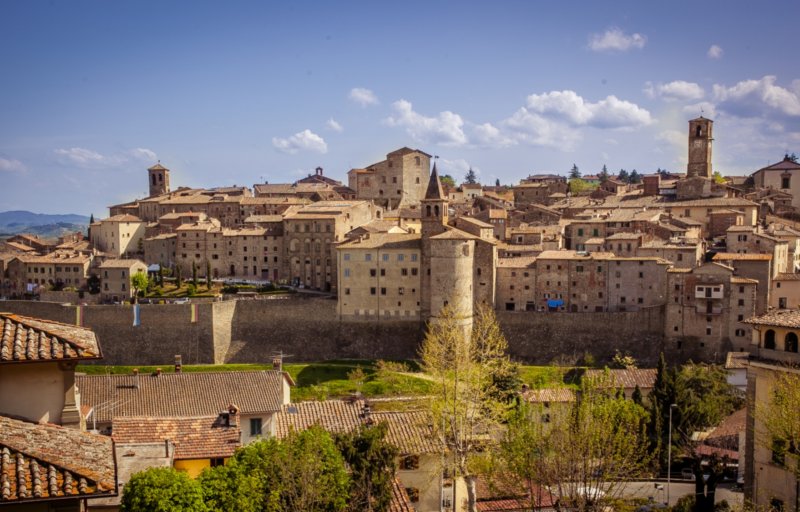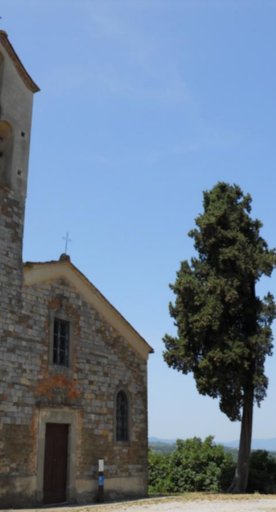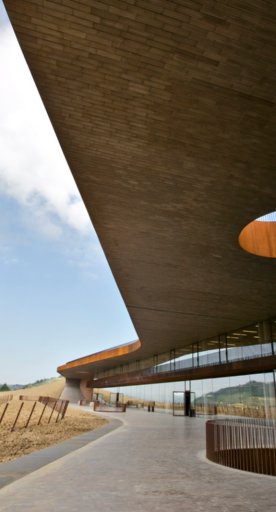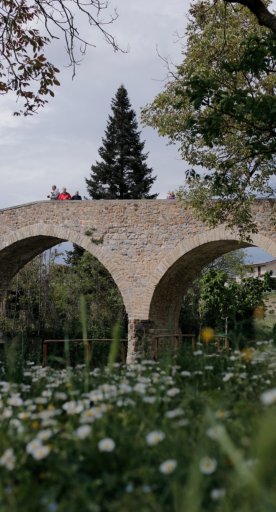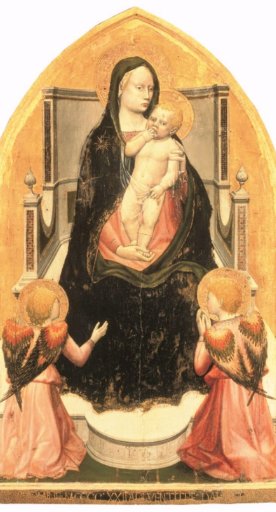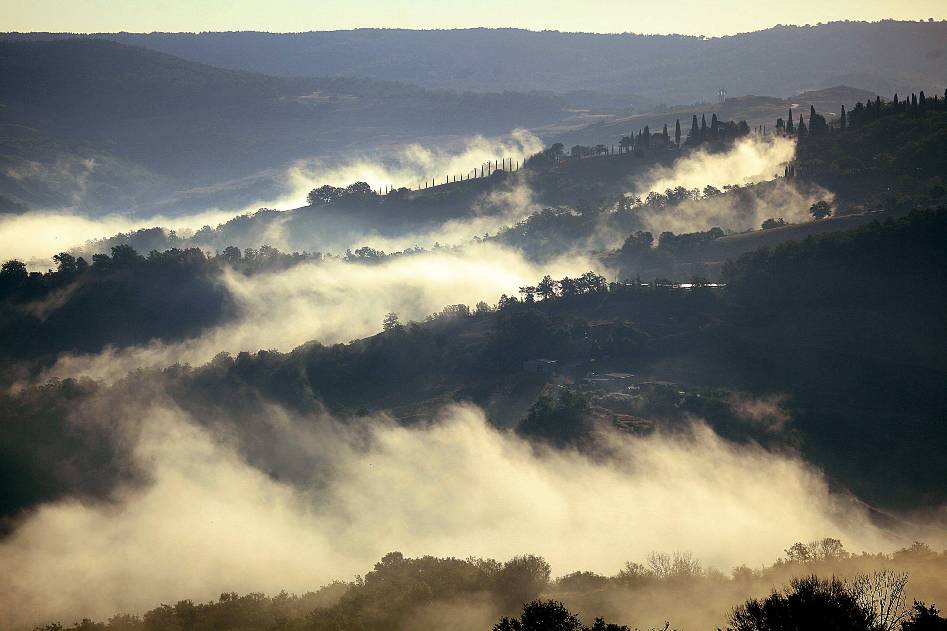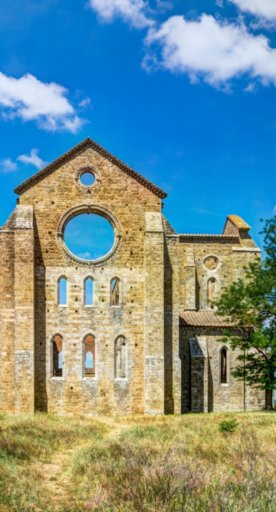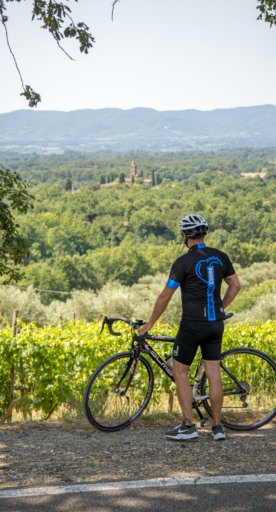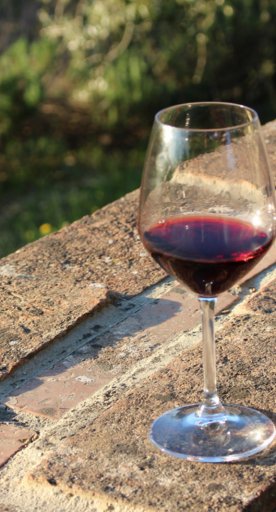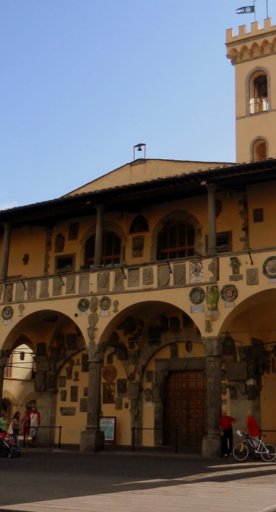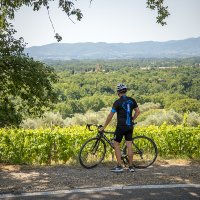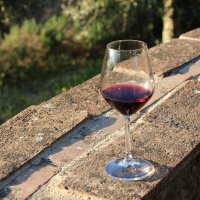
10 sacred art museums not to be missed
Journey to discover the best-known sacred collections
Between the countryside and art cities, a journey rich in beauty and spirituality through sacred art museums.
Ten places that hold some of the most significant works of the Italian cultural landscape, spaces that tell stories, talent and tradition in a timeless journey.
Let's discover together 10 museums not to be missed!
-
1.Museum of the Opera del Duomo in Florence
-
2.Museum of the Opera del Duomo in Siena
-
3.Museum of Lucca Cathedral
-
4.Museum of the Opera del Duomo in Pisa
-
5.Museum of the Monumental Complex of Santa Croce, Florence
-
6.Diocesan Museum of Sacred Art in Volterra
-
7.Diocesan Museum of Sacred Art in Arezzo
-
8.Civic and Diocesan Museum of Sacred Art in Montalcino
-
9.Museum of the Basilica of Santa Maria delle Grazie in San Giovanni Valdarno
-
10.Masaccio Museum in Reggello
Museum of the Opera del Duomo in Florence
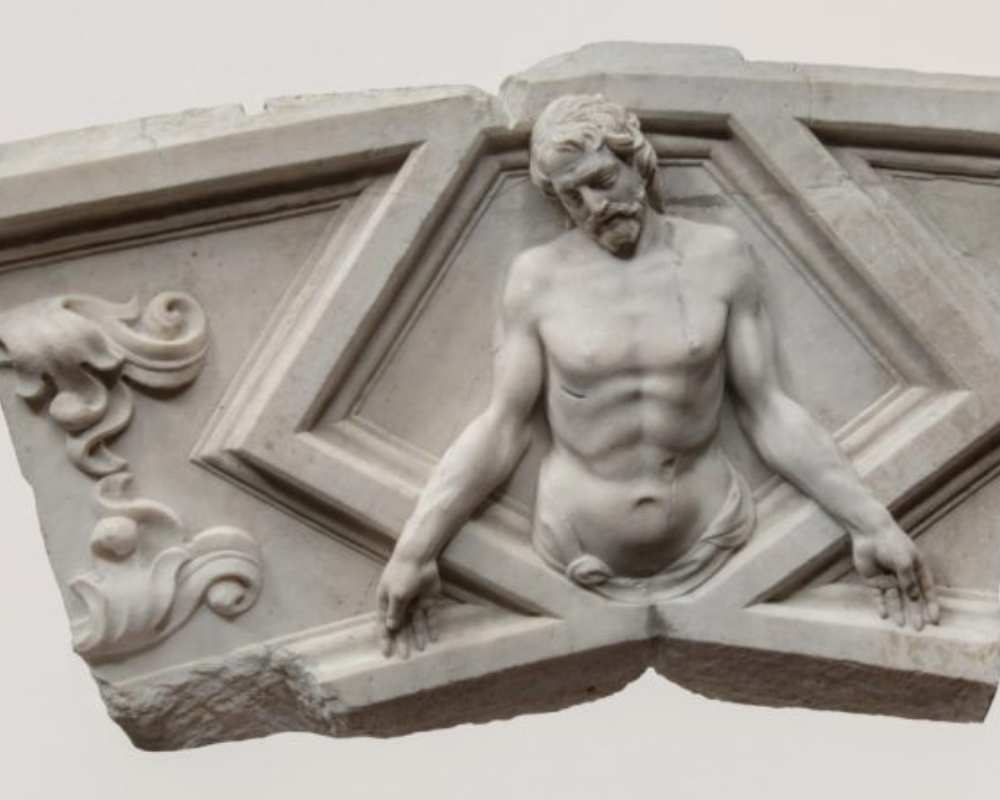
Starting with the Museo dell’Opera del Duomo in Florence, which with its more than 750 works capable of telling 720 years of history, offers the greatest concentration of Florentine monumental sculpture, housing medieval and Renaissance statues and reliefs in marble, bronze and silver, the work of the greatest artists of the time.
Masterpieces that were made, in most cases, for the sacred structures in front of the museum: the Baptistery of Saint Giovanni, the Cathedral of Santa Maria del Fiore, and the Belltower by Giotto.
Museum of the Opera del Duomo in Siena
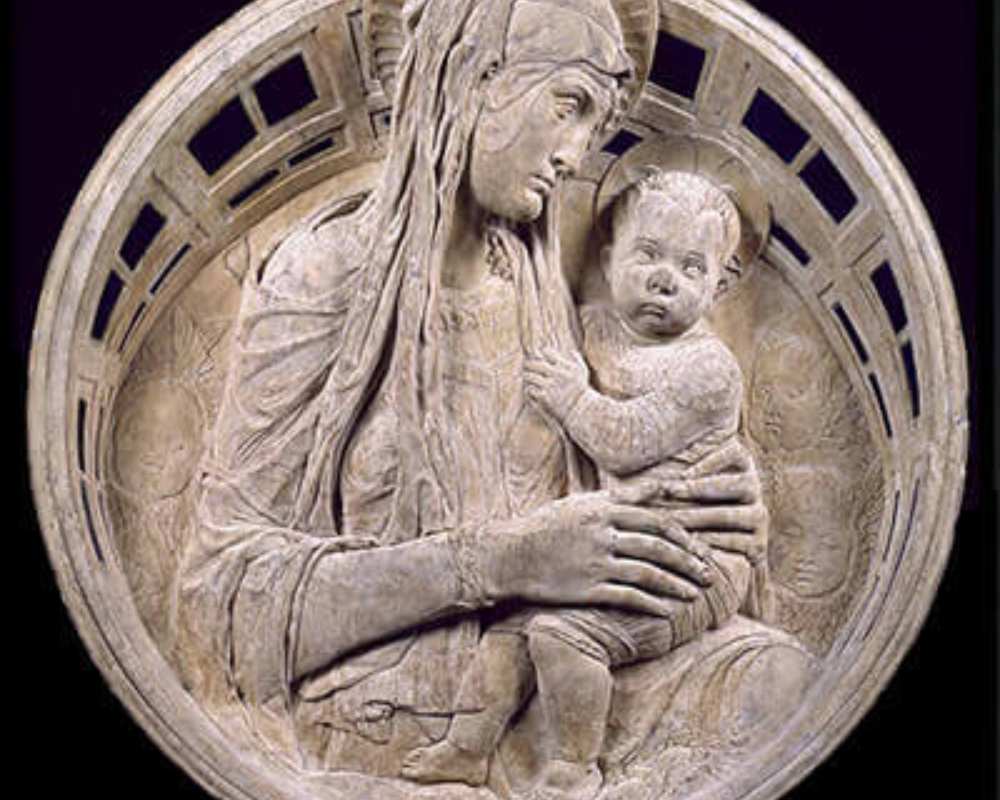
The Museo dell’Opera del Duomo in Siena is located inside what would have been the right nave of the New Duomo.
The rooms on the ground floor house the important collection of 14th-century Sienese statuary from the facade of the Cathedral, including the extraordinary marble statues depicting Sybils, Prophets and Philosophers - carved by Nicola Pisano during the time in which he worked as foreman (1285-1297).
The room also houses a bas-relief depicting the Madonna Enthroned with Child by Jacopo della Quercia (1437-1438), and the famous tondo with the Madonna ‘of the Forgiveness’ by Donatello (1458).
At the back there is the grandiose stained-glass window made by Duccio di Buoninsegna for the apsidal eye of the Cathedral.
On the first floor is the magnificent altarpiece with the Maestà made by Duccio - the true jewel of the entire collection.
Museum of Lucca Cathedral
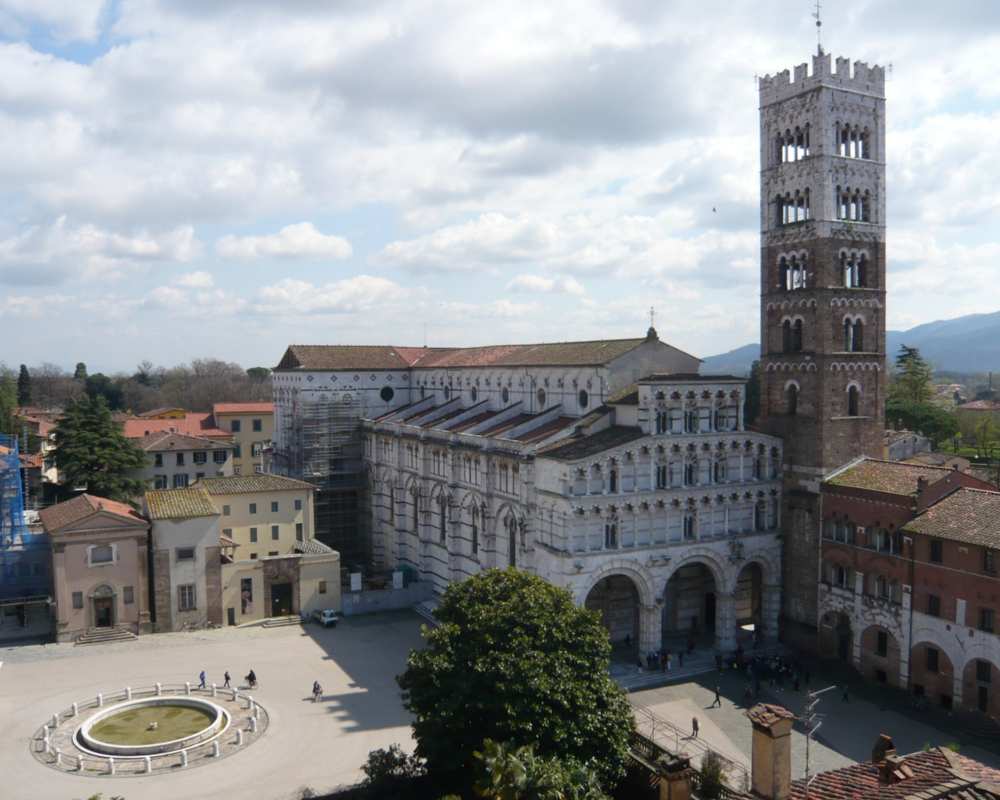
In Lucca, the sacristy of the Cathedral houses the Monument of Ilaria del Carretto: the room houses the famous sepulchral work commissioned in 1405 by her husband Paolo Guinigi to Jacopo della Quercia, who executed one of the absolute masterpieces of 15th-century Italian sculpture.
The same room also houses several paintings, including a panel depicting Madonna and Child with Saints by Domenico Ghirlandaio.
Museum of the Opera del Duomo in Pisa
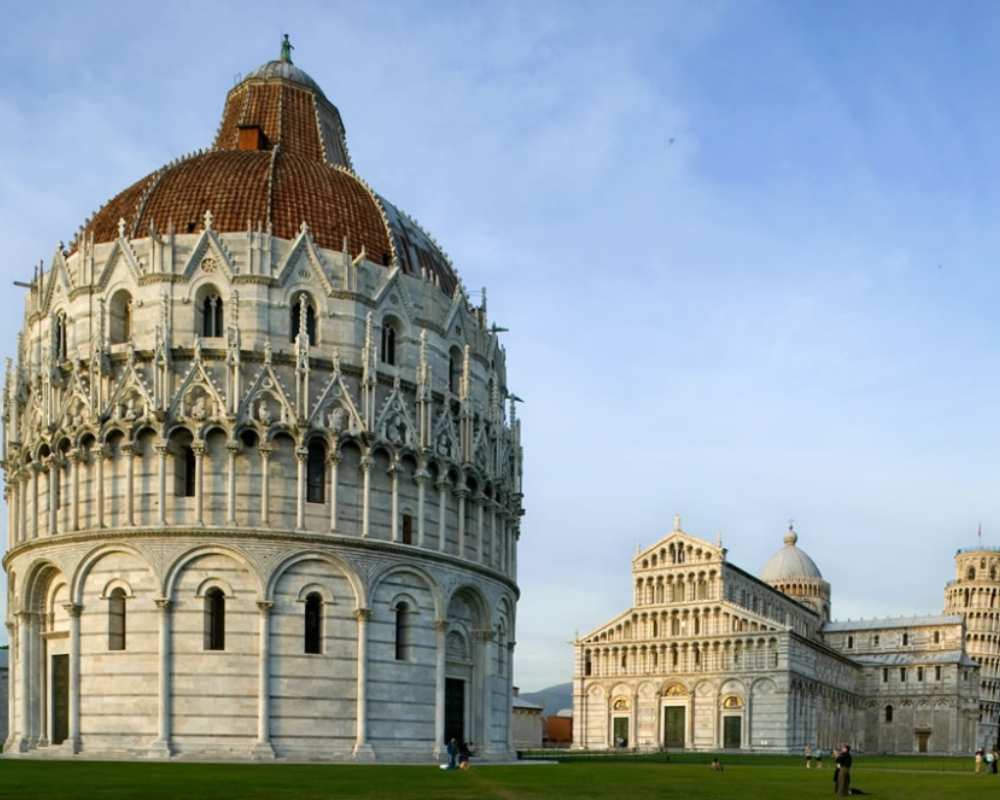
The Museo dell’Opera del Duomo in Pisa has no less than 25 rooms: the works come from the monumental buildings in the square and cover a time span from the 12th to the 19th century.
On display in the quadrangular room are 27 statues and 9 marble busts from outside the Baptistery.
One room is devoted entirely to Giovanni Pisano: here are seven marble works from the period between 1306 and 1312, all from outside the Cathedral, including the Madonna del colloquio (Madonna of the conversation).
Another room displays the Cathedral's treasure with the 14 oldest pieces of the religious tradition of the Pisan republic: among others, a crucifix and an ivory Madonna by Giovanni Pisano and the remains of the “girdle of the cathedral”, an enameled silver and gemstone sash on red damask, which encircled the entire cathedral during the most solemn feasts.
Museum of the Monumental Complex of Santa Croce, Florence
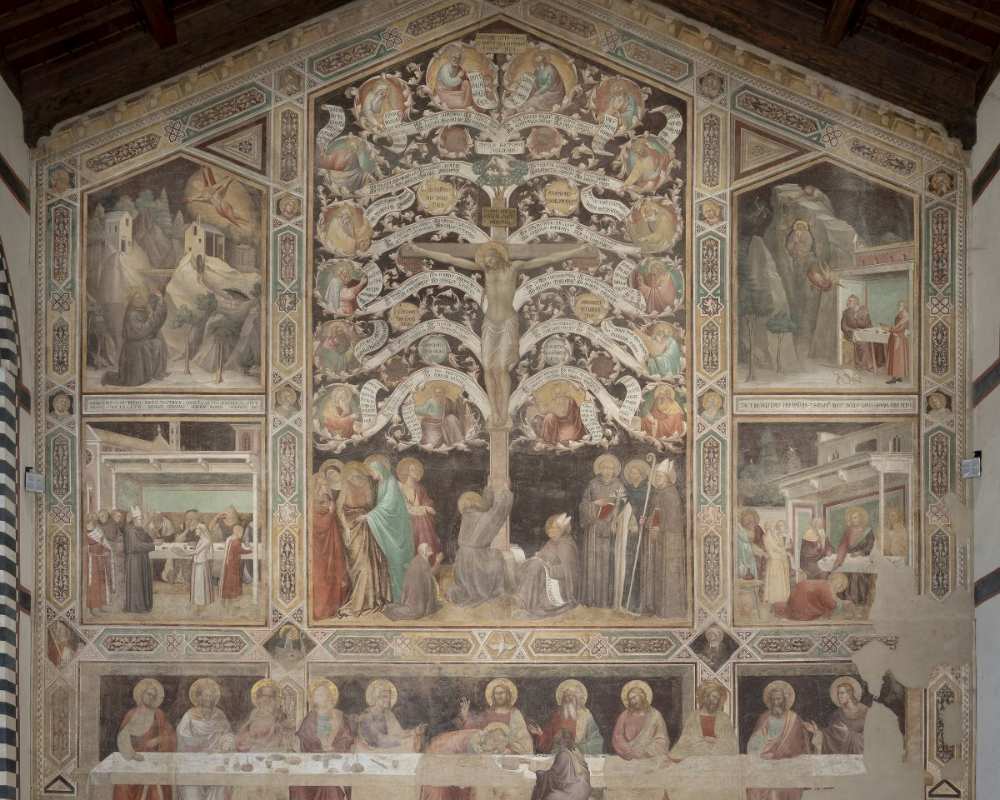
The Monumental Complex of Santa Croce, overlooking the square of the same name, is a treasure of beauty that holds within it some of the most important works of art history.
The museum tour starts from the basilica and winds its way through the two 15th-century cloisters to the Pazzi Chapel, decorated by Andrea della Robbia's glazed terracottas.
The real museum is housed in the refectory, in which frescoes, canvases and sculptures from the 14th to 18th centuries are preserved: from Cimabue's gigantic Crucifix to detached frescoes by Taddeo Gaddi, Andrea Orcagna and Domenico Veneziano. Sculptures include the gilded bronze statue of St. Louis of Toulouse by Donatello.
Diocesan Museum of Sacred Art in Volterra
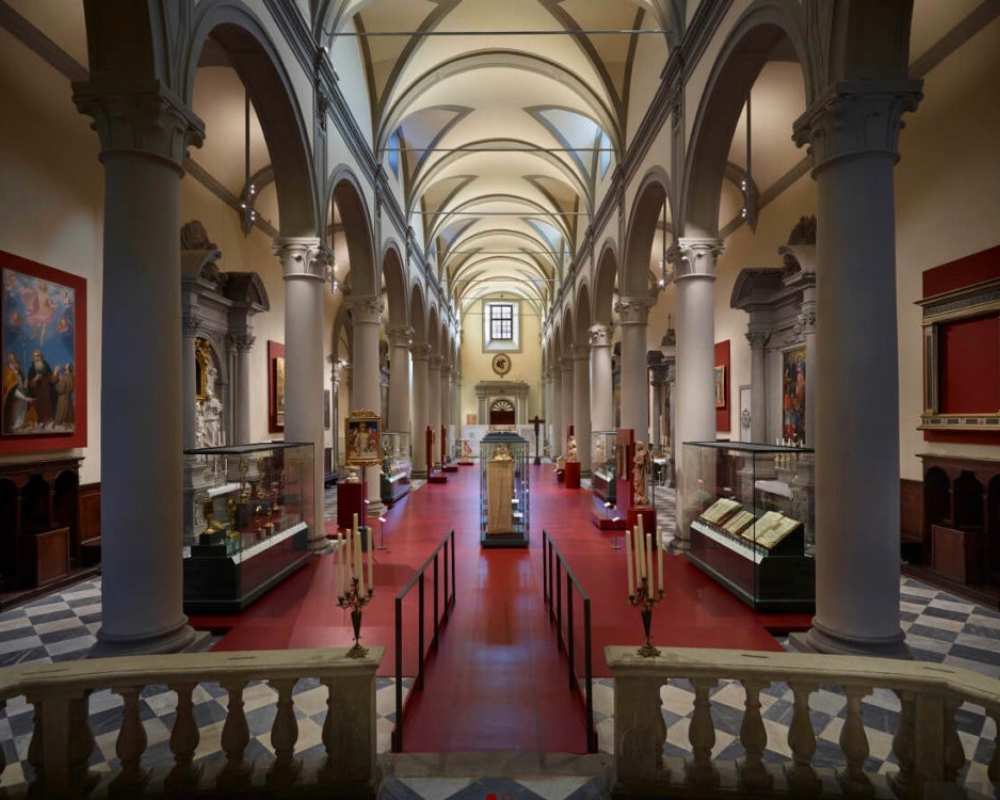
The Diocesan Museum of Sacred Art in Volterra is located inside the Church of St. Agostino and preserves works from the Cathedral and churches in the surrounding area.
Of note are the glazed terracotta bust of St. Linus, second pope and patron saint of Volterra, made by Giovanni della Robbia in 1521 and the Madonna of Graces (Madonna delle Grazie) by Neri di Bicci (1451).
The museum also preserves Rosso Fiorentino's Villamagna Altarpiece (1521) from the Parish Church of Villamagna where the Virgin and Child, St. John the Baptist and St. Bartholomew are depicted.
Diocesan Museum of Sacred Art in Arezzo
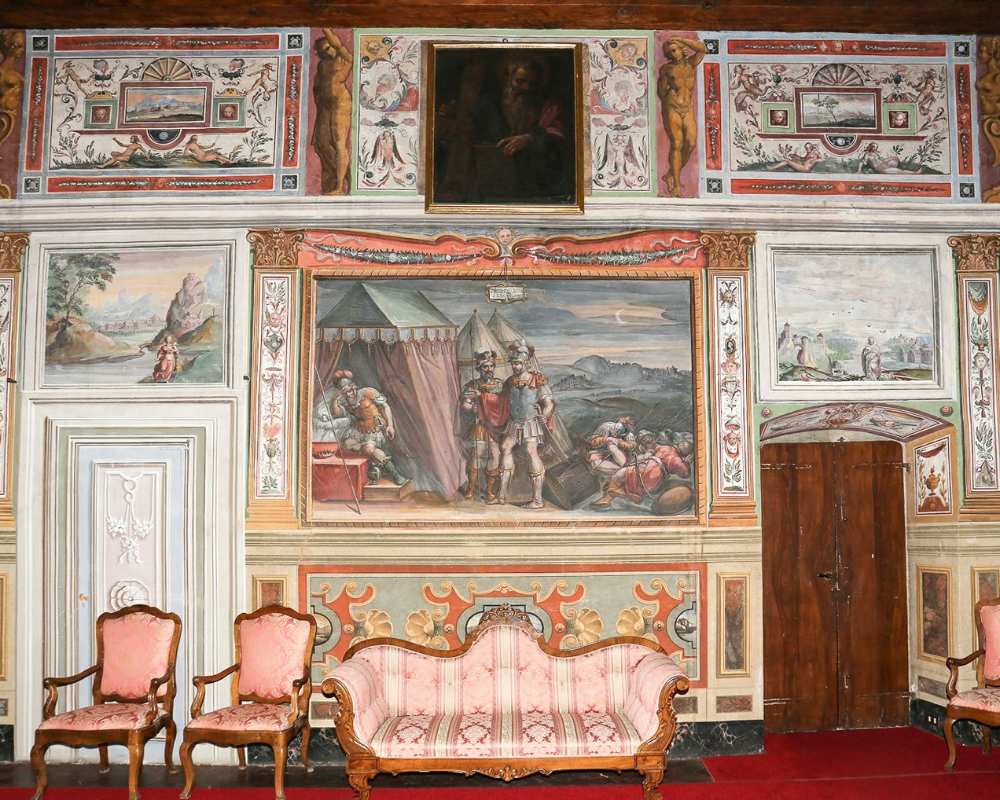
The Mudas, Diocesan Museum of Sacred Art in Arezzo, is located inside the Bishop's Palace and preserves the artistic evidence from the Cathedral and other churches in the area.
Prominent among the treasures preserved is the extraordinary collection of precious jewelry and sacred vestments, including the famous Peace of Siena, in gold, enamel, precious stones and pearls.
The large 13th-century wooden crucifixes are also noteworthy, along with the panel painting of the Annunciation by Andrea di Nerio, detached frescoes by Spinello Aretino, two paintings by Bartolomeo della Gatta and several works by Giorgio Vasari, including two canvases depicting the Preaching of the Baptist and the Baptism of Jesus.
Civic and Diocesan Museum of Sacred Art in Montalcino
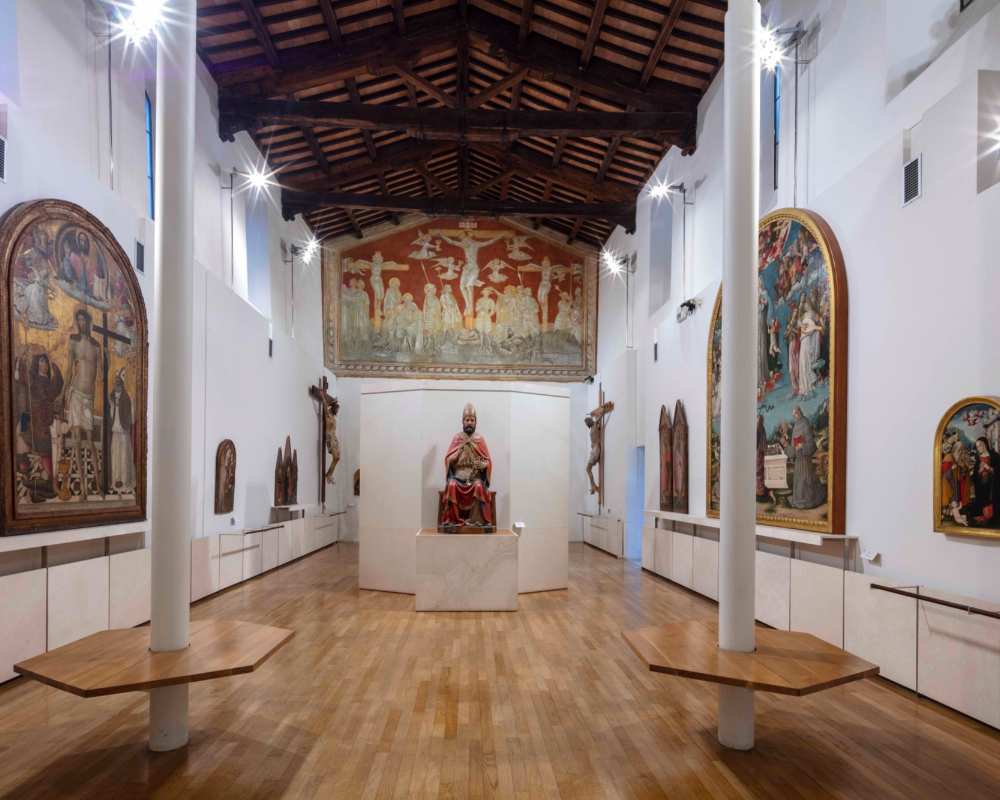
The Civic and Diocesan Museum of Sacred Art in Montalcino is located inside the former 13th-century convent of St. Agostino.
It houses the masters of the Sienese tradition, such as Simone Martini and Ambrogio Lorenzetti.
Among the works on display are numerous painted wooden sculptures by major artists of the time, from Jacopo della Quercia to Francesco di Valdambrino, and Giambologna's Crucifix.
Museum of the Basilica of Santa Maria delle Grazie in San Giovanni Valdarno
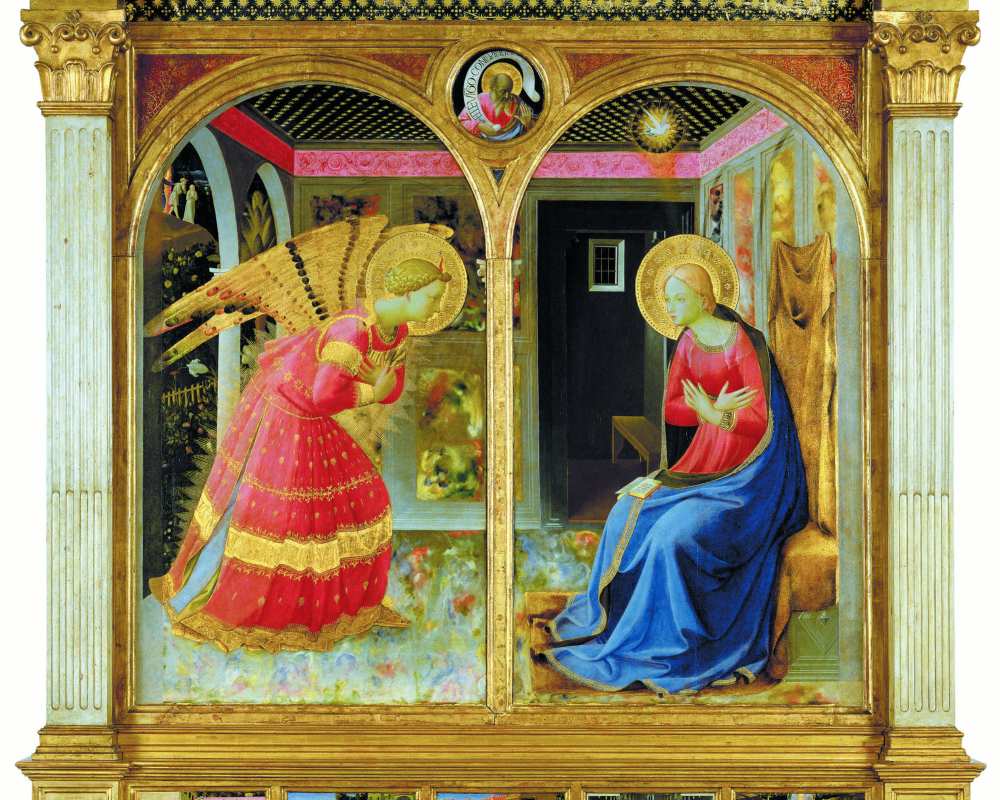
The Museum of the Basilica of Santa Maria delle Grazie is located in San Giovanni Valdarno, on the premises adjacent to the Basilica.
The museum of sacred art brings together numerous paintings from churches and convents in the city and area, including a true Renaissance masterpiece: the Annunciation by Beato Angelico, one of his three Annunciations on panel, dated around 1440.
Masaccio Museum in Reggello
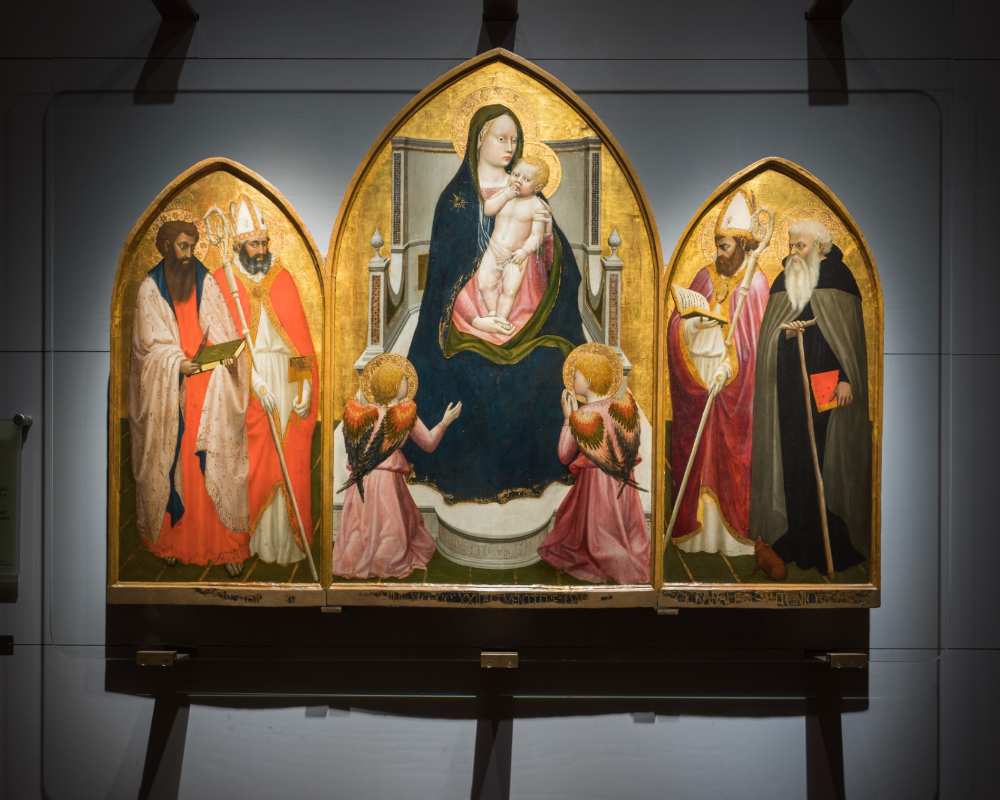
The Masaccio Museum in Reggello is housed in a historic room near the ancient Parish Church of San Pietro in Cascia, a remarkable example of Tuscan Romanesque architecture.
It houses the Triptych of San Giovenale, an early work by Masaccio, painted in 1422, when the Renaissance artist was just 20 years old.
The Museum also contains paintings by the school of Ghirlandaio, Santi di Tito, Alessandro Allori, Jacopo Vignali and Ignazio Hugford, as well as a number of beautiful goldsmithing and liturgical wall hangings.
